How to Fund a New Interior Design Business
Learn which method of funding is best as you launch your own Interior Design business. Compare loans, investors, grants & more from the experts at Houzz Pro

Making sense of dollars is key to getting your interior design company off to a great start.
To create a thriving business, figuring out financing is the first step in setting up shop as a designer. Consider all the possible start-up costs: office equipment, including a new computer with design-focused software; materials and supplies, like business cards; services such as logo design, marketing and bookkeeping, and the list goes on! Luckily, you’ve got several financing options to choose from. Here we’ll explain each way to fund a new interior design business so you can decide on the best one for you.
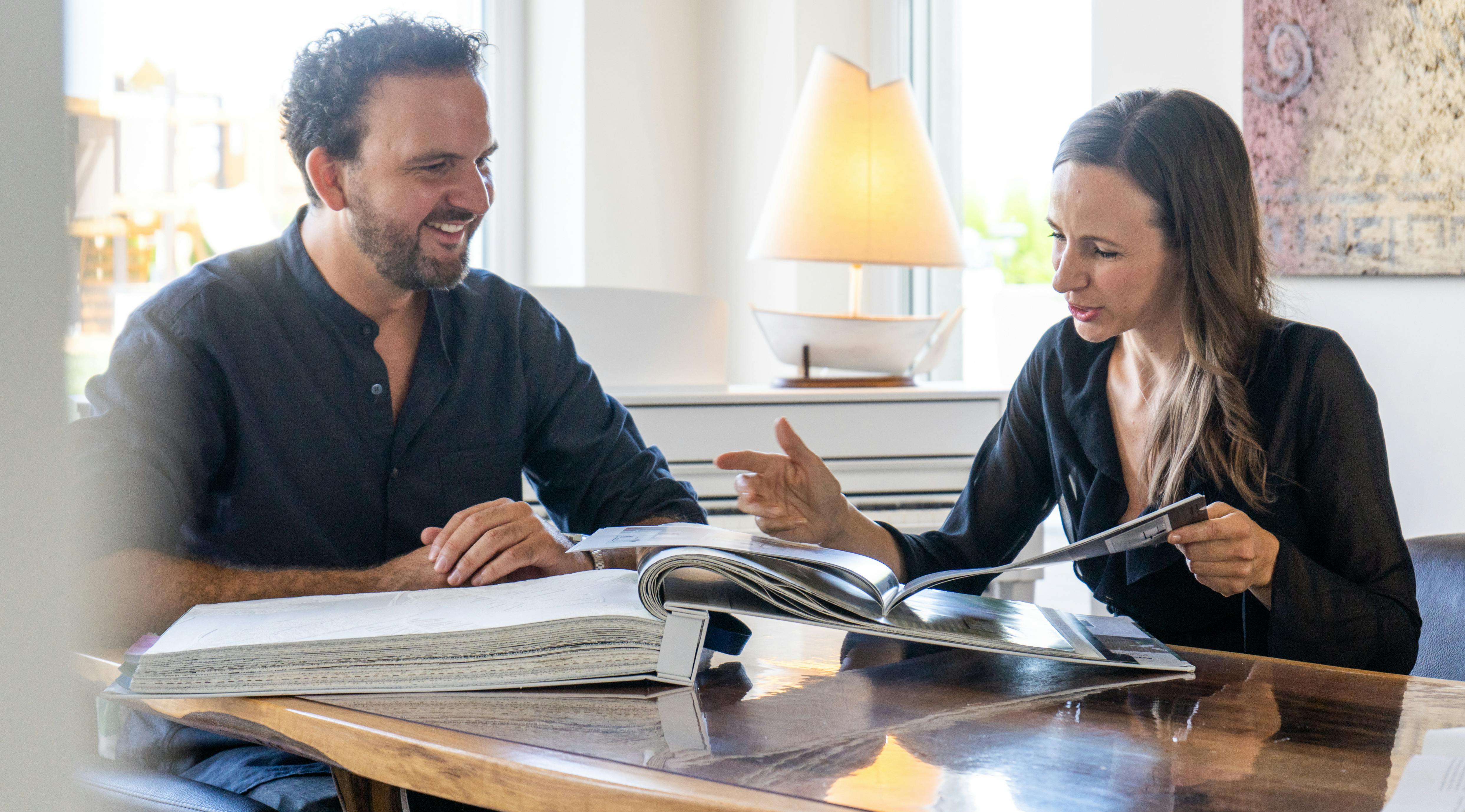
First, Have a Plan
To know how much money you’ll need, you’ll first want to write up an interior design business plan. You can find many free templates online, but for financing purposes make sure to include a market analysis and an operating budget. Consider how big your company will need to be and what it will need to offer to succeed in your market. If there are hardly any designers in your area, you might be fine going solo. If you’ll be competing against large, well-staffed firms, your costs may include employees and extra services to distinguish yourself. Make sure to take an honest look at your working environment and include rent if necessary as well. The kitchen table is free, but can you see yourself doing your best work there?
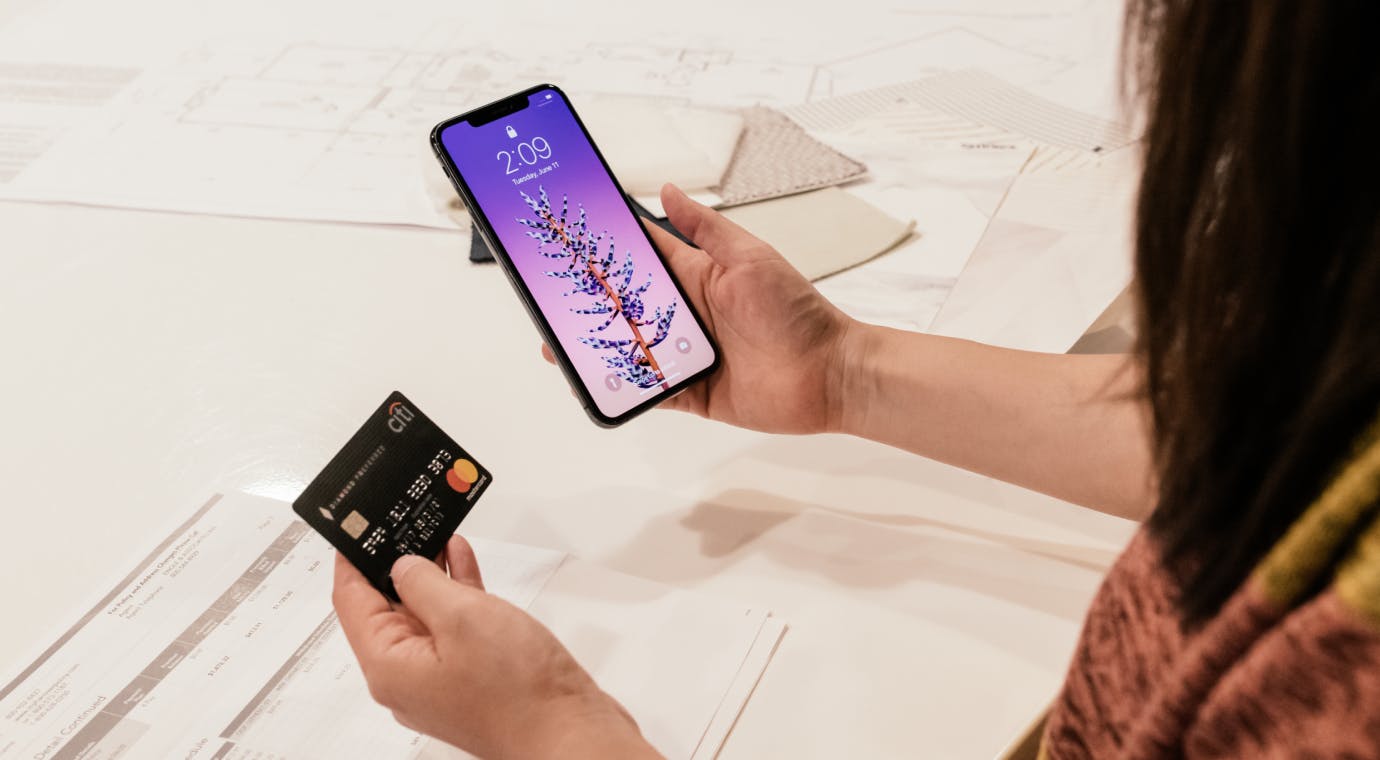
How to Get Start Up Capital for a New Interior Design Business
1. Pull From a Savings Account
Savings can come in many forms: a good old-fashioned bank account, an inheritance, an investment account, even potentially retirement savings. (But of course be very careful about dipping into the latter, and be mindful of penalty fees.) Using personal savings is the easiest option for funding a new interior design business without a loan. In fact, 63% of interior designers surveyed by Houzz in 2022 used this form of funding to start their business. It was the No. 1 most used form of funding, but it’s not a no-brainer. Consider what you’ll be giving up to use that money: Vacations? Private school tuition for the kids? Little luxuries that make daily life enjoyable? Also consider whether you can take out a loan at a lower rate than what any investments are earning, in which case a loan might be the smarter option.
Pros:
- Easy. You won’t have to deal with loan paperwork, researching and applying for grants, or remembering repayment schedules
- No strings attached. No interest on loans, no giving up any control to investors, no having family or friends lord a loan over you.
- If you do seek investors later on, starting with your own money demonstrates your commitment to making the business succeed.
Cons:
- The money won’t be available for other things.
- You’ll be limited to those funds, which might not be enough to cover everything you want for your business.
- You might lose it all if your business doesn’t succeed, causing significant financial hardship.

2. Take Out Loans
Hitting up someone else to fund your start-up, whether it’s a bank, a relative or a friend, is a popular choice as it can offer a way to fund an interior design business with no money up-front. Before you do, however, make sure all the terms are crystal clear, amenable to you and in writing.
From relatives or friends. Just 5% of interior designers surveyed by Houzz reported asking friends and family for a loan to fund their business. If you’ll be borrowing from someone you know, consider whether there will be any emotional costs as well, and whether they’re worth it. And even if the person insists it isn’t necessary, write out the specific terms for you both to sign off on. This can avoid relationship-ruining misunderstandings.
Bank loan. Just 5% of interior designers surveyed by Houzz reported using a bank or an online lender loan to fund their business. Read the fine print very carefully; if you’re not fluent in “legalese,” consider having someone you trust look over the paperwork for you. Make sure you understand the interest rate and how it’s calculated, the minimum monthly payments, how long you have to repay the loan, any penalties you’ll incur for late payments, and what the loan is secured against. Will you be putting your car or even your house on the lines? Also know that if your credit score is less than ideal, you could pay a substantially higher interest rate.
Business line of credit. This is a more flexible borrowing option than a standard loan, with no lump-sum distribution, and it is generally unsecured. This explains why it was among the top five most common methods that interior designers use to get their business up and running, according to Houzz research. It’s especially helpful for managing short-term expenses — for example, you’ve paid your contractors or vendors but haven’t received payment yet from the clients — and seasonal expenses. Lines of credit are subject to a credit review and annual renewal. Interest rates are variable, and the amounts are typically limited to $100,000.
Small Business Association loan. The SBA doesn’t directly lend money; it works with lenders, including community organizations and micro-lenders, to help small businesses get loans. The SBA guarantees the loans, and it offers counseling and education as well. The loans might or might not require collateral, but the down payments are typically lower and the overhead requirements more flexible than for bank loans.
Pros:
- You won’t be risking your own money.
- You’ll keep more control of your business than you might with investors.
- You’ll build credit. Repaying on time can increase your credit score, which can help you get lower interest rates in the future.
Cons:
- Depending on the amount and your credit score, you might not get favorable terms or even qualify at all.
- Not repaying on time can hurt your credit score and put any collateral at risk.
- Being indebted to someone, whether a bank or a friend, can cause personal discomfort.

3. Find Investors
If you don’t have or want to use savings, don’t qualify for a loan or don’t like the terms, or can’t borrow as much as you need to run your interior design business the way you want, finding investors might be a good option. Indeed, a very small share of interior designers (1%) surveyed by Houzz in 2022 reported relying on a private investor to fund their new business.
Relatives and friends. Before you bring on someone you know as an investor, whether as a “silent partner” or full-fledged operations team member, consider the same points as for borrowing. Write out a full plan as well, including how you’ll handle any disagreements, to prevent any fallouts.
Angel investors. They’ll provide capital in exchange for equity in your company or convertible debt. Many are accredited and have a net worth of more than $1 million. Unlike VCs, they’re usually silent and have some expertise in the industries they invest in. You can find angel investors on AngelList, through the Angel Capital Association and Angel Forum, and via networks such as Gust and the Angel Investment Network.
Pros:
- Investors might have more money to invest than others are willing to loan.
- They might have valuable expertise and contacts to help your business succeed.
Cons:
- You might have to give up a small or substantial amount of control of your business.
- You might be pressured to generate profits rapidly, sacrificing long-term business stability
Tip: Any investors will want to see not just a strong business plan but evidence that your company is a professional design operation from the get-go. Using interior design software such as Houzz Pro can help you present your business to investors in the most professional light, offering everything from website design to video highlights for your Houzz profile page.

4. Apply for Grants
Who doesn’t love free money? The government offers thousands of grants for businesses of all kinds, sometimes directly and sometimes through local agencies, nonprofits and educational institutions; search for them on Grants.gov. The American Society of Interior Designers offers project-specific grants, as well as scholarships if you’re still pursuing a degree in design. And don’t overlook other avenues such as grants from the National Association for the Self-Employed as well as the many options for underrepresented groups, such as the SoGal Black Founder Startup grant for Black female and nonbinary entrepreneurs.
Pros:
- Free money!
- Can enhance your business’s credibility and make it more attractive to lenders and investors.
Cons:
- Funds are generally for smaller amounts than loans or investments.
- Lots of competition.
- Applications may be highly detailed and take quite a bit of time.
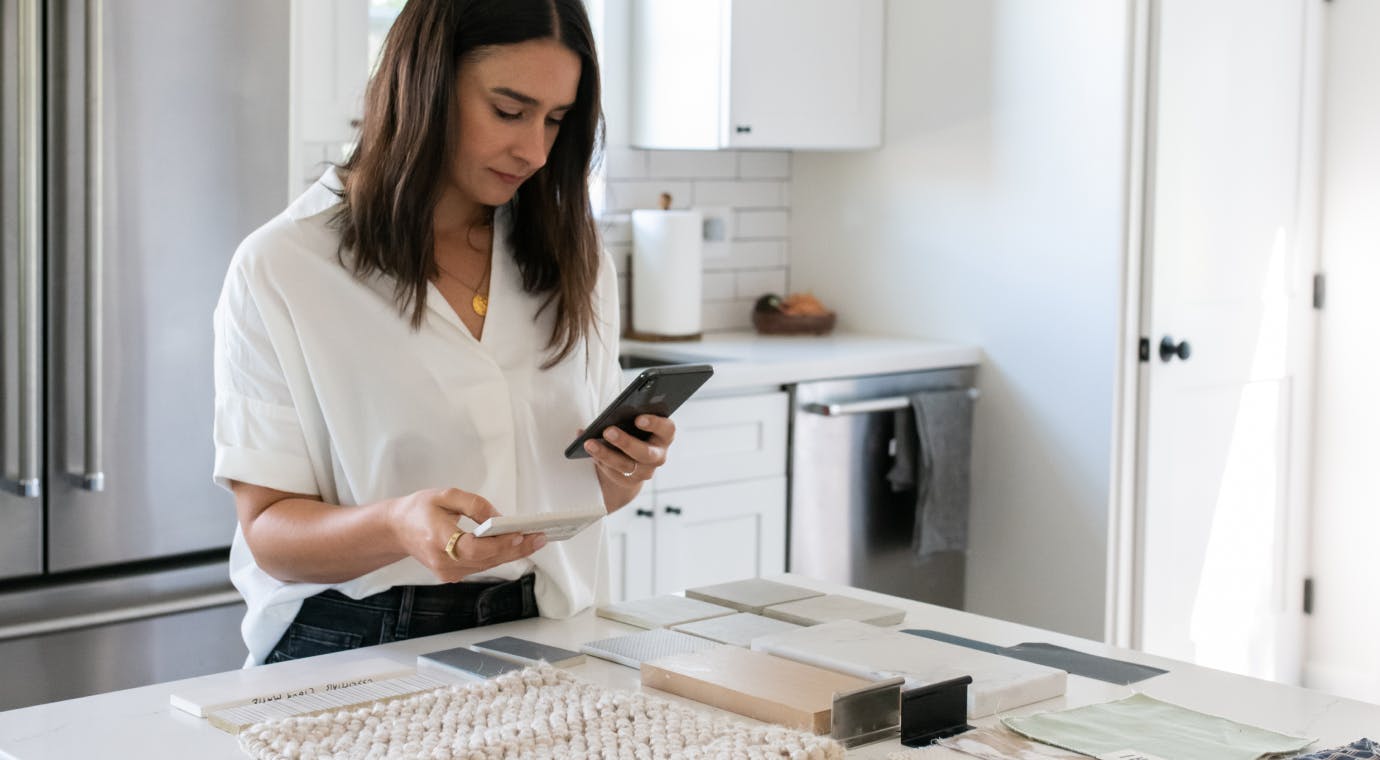
5. Explore Crowdfunding Options
This newer concept can help you raise money to start your interior design business on your terms: You can offer everything from an equity stake to “complimentary” services to nothing at all in exchange for funding (or donations). You can even structure the funding as a loan at an interest rate you choose. There are many crowdfunding platforms these days (more than 3,500, according to Crunchbase!), and they can reach a global audience, vastly increasing the potential pool of funders. Kickstarter is perhaps the best-known crowdfunding site and is a go-to creative types. Indiegogo is another great option, especially if you have a related product to offer. But do your homework to find the best platform for your business, given just how many platforms exist.
Pros:
- You set the terms. You don’t have to give up any equity in your company unless you choose to.
- No personal financial risk.
- Your business will get publicity in addition to funding.
- You might get contacts or even make new friends around the globe.
Cons:
- Lots of effort and possibly a financial investment. The most successful crowdsourcing campaigns tend to have extras like great videos, professionally written persuasive content and marketing.
- No guarantee that anyone will invest, fund or donate — you may end up with nothing for all your hard work. Kickstarter, for example, is an all-or-nothing platform. If you don’t reach your funding goal within a set number of days, you get zip.
- Lots of smaller investments/donations to keep track of, possibly with different incentives provided for different levels of funds.
- You’ll likely pay fees to whichever platform you choose. Kickstarter, for example, takes 5% of every successful campaign, and you’ll have to pay credit card companies 3% for every transaction over $10.
Tip: Houzz Pro has QuickBooks integration, so you can account for investments and donations — and manage every other aspect of your business finances too — in the most organized way.
6. Try Other Bootstrapping Methods
Rather than relying on traditional loans, bootstrapping allows you to use existing resources such as any kind of income or service presales to fill in the financial gaps. As with a career in interior design, this method often requires a high level of creative thinking and efficiency. Essentially, you’ll be starting a self-funded business and, as the name suggests, “pulling yourself up by your bootstraps.”
Pros:
- You (and any cofounders) retain sole ownership of your business.
- No investors will be overseeing your business. You can change up your process or shift your business model entirely — it’s up to you.
- No loan paperwork or regular payments to make.
Cons
- Investing your own money puts you personally at financial risk.
- It can be harder to make connections with clients, contractors and vendors without being backed by established investors.
- You’ll have to be extremely meticulous about accounting.
Tip: Houzz Pro has QuickBooks integration, so you can account for investments and donations — and manage every other aspect of your business finances too — in the most organized way.
No matter which option(s) you choose to finance your design business, remember to keep an eye on the big picture and not get discouraged by any turndowns. With perseverance, support and professional design tools such as Houzz Pro on your side, you might be rolling out the welcome mat to clients before you know it. To keep reading, learn how to price interior design services.

Want advice delivered to your inbox?
Unlock industry insights and updates for contractors and design pros
By signing up, I agree to the Houzz Terms of Use and Privacy Policy and that Houzz may use my information to contact me about relevant content, products, and services.






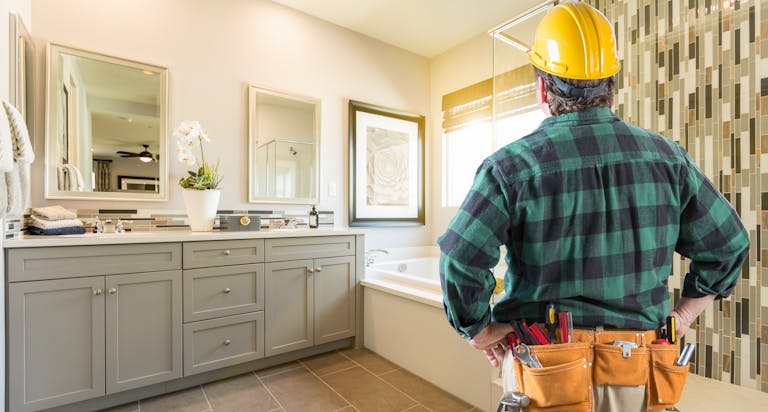



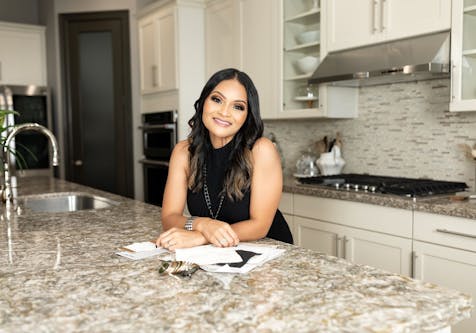



Join the conversation by commenting or asking a question below. The Houzz team reads every single comment, and we’ll get back to you by email if you need us!